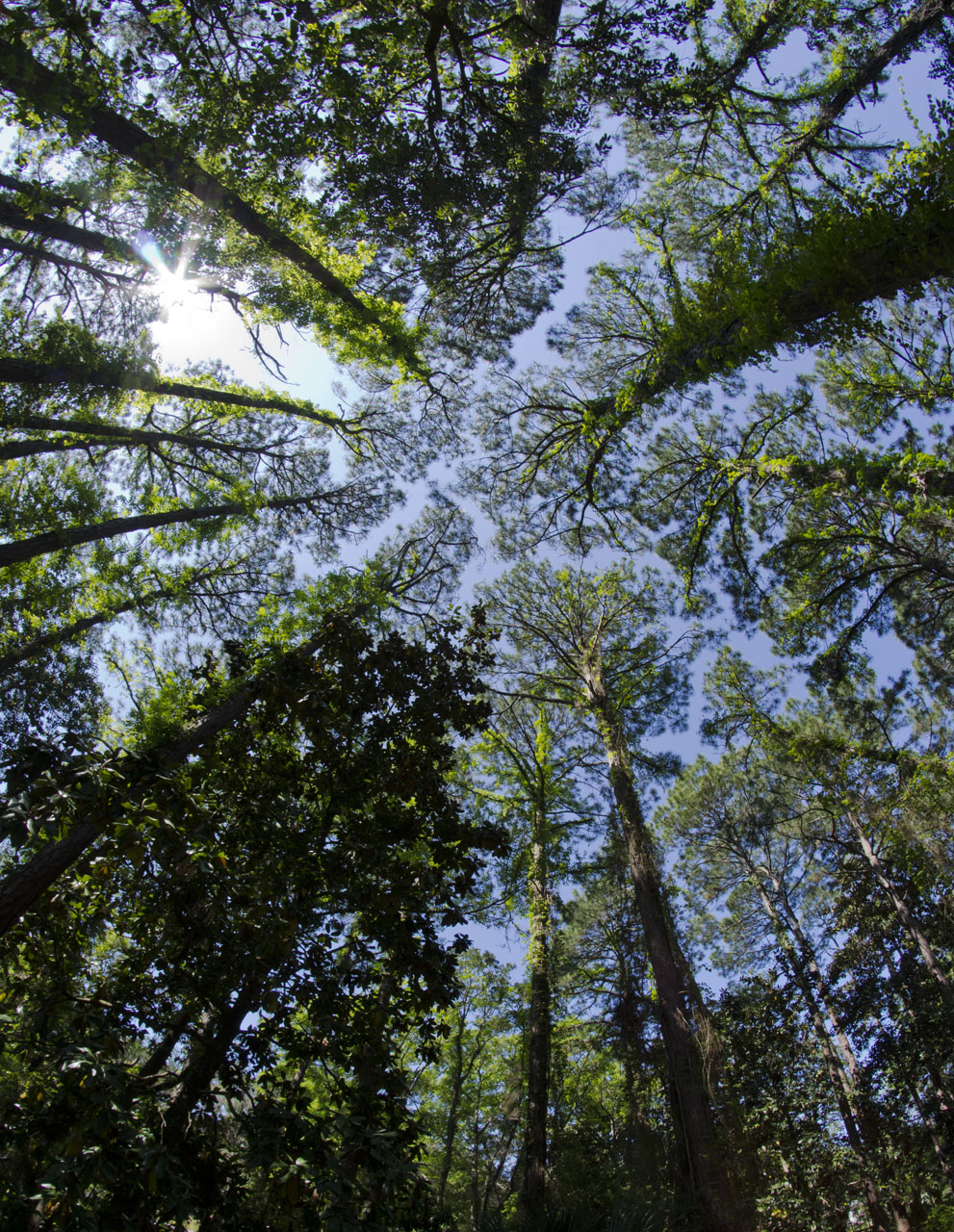Soocom1
Been spending a lot of time on here!
- Joined
- Feb 27, 2006
- Messages
- 3,253
- Reaction score
- 1,489
- Can others edit my Photos
- Photos NOT OK to edit
What I have found interesting is that alot of "ugly" is mostly cosmetic with a few bummers in the lot.Are there other photography things worth exploring besides the obvious.
Lens reversing rings. Free-lensing.
Busting the glass OUT of a cheap teleconverter, to make an extension tube.
Adding a 1.4, 2x, or even an older 3x teleconverter to a Lensbaby. Makes an approximately 75mm-80mm ,100mm-112mm,or 150mm-175mm tele "lensbaby"
Cheap-screw in wide-angle adapter lenses (e-Bay, Amazon,Ali Express).
Inexpensive lens adapters from e-Bay.
Legacy lenses..pawn shops, garage sales, etc..
Old, low-cost gear in "BGN" or "UGLY" condition.
Weird stuff you read about on the web.
Cool new-tech stuff you find out about.
If you can handle the battle scars, buy it!
Besides, those scars tell stories.
Sure you wont get a huge return on the investment per se money wise, but you can create like a mad man.
The only exception I have an issue with is pawn Shops.
I have purchased from them also, but I had an experience years ago where the receipt I kept also kept me out of jail when one of my lenses turned out to be a bit on the warm side and the police were kind enough to allow me to prove my legitimacy.

 The blown whites and blacks are what you could expect back then, printing from a slide.
The blown whites and blacks are what you could expect back then, printing from a slide.



![[No title]](/data/xfmg/thumbnail/36/36654-55e621bd8f3203cdd106e3764c553c4d.jpg?1734169167)

![[No title]](/data/xfmg/thumbnail/33/33439-7bb5d8a4a88131e09c082764dcb77a40.jpg?1734163468)






![[No title]](/data/xfmg/thumbnail/39/39498-362f11d9bfd0d9e222faa85b38801745.jpg?1734173616)

